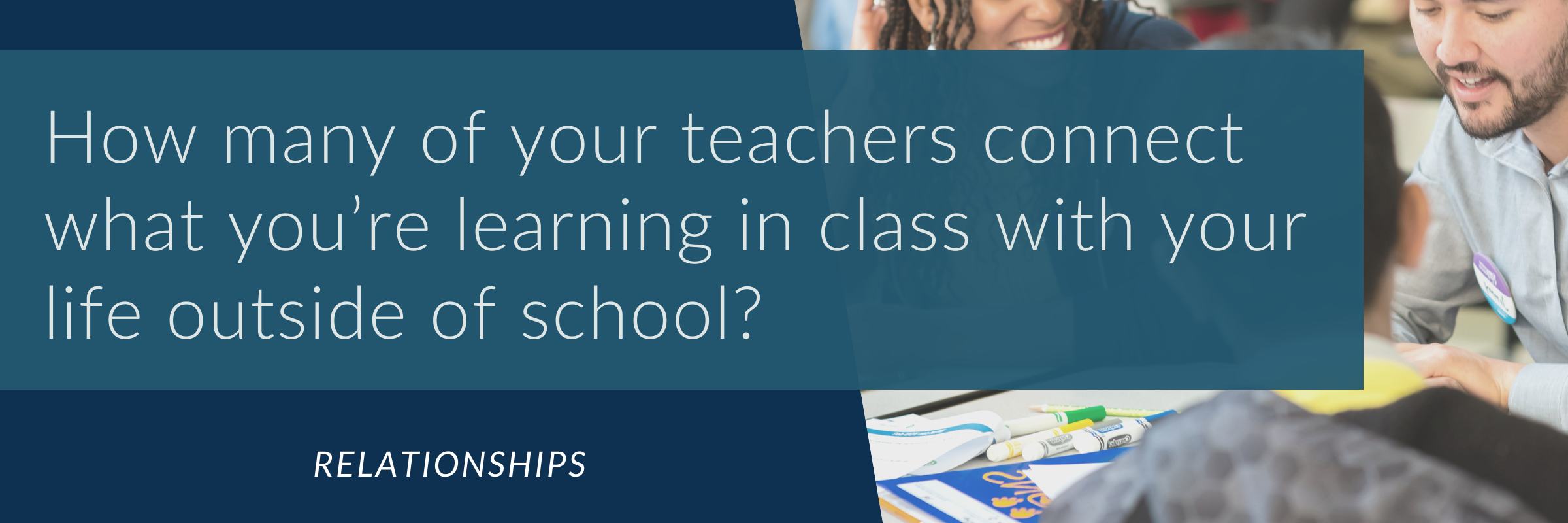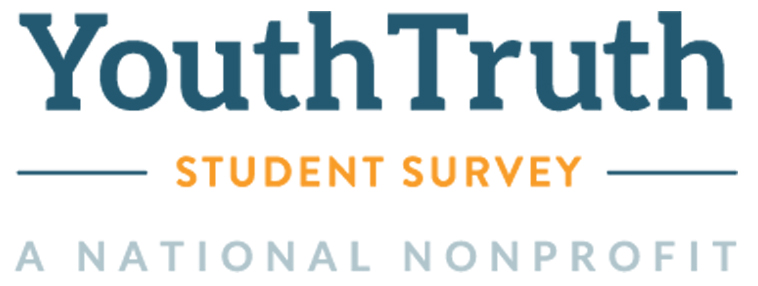
Why does it matter?
The YouthTruth Survey question “How many of your teachers connect what you’re learning in class with your life outside of school?” reveals how actively teachers are incorporating students’ perspectives and lives outside of school into their approach to content and lesson planning.
Bring authenticity to the classroom
Edutopia writer Andrew Miller has some advice on how to design projects that bring authenticity to the classroom.
Authentic product
Ask yourself, does the work matter? Is it something that people create in the real world? Not every piece of a lesson needs to fit into this category, but having major summative assessments reflect the real world is ideal. If you want the work to matter, make it so that end products don’t just look authentic. Make it so that they are authentic. Here’s a list with suggestions to consider.
Needs Assessment
So, how does one make school work authentic? Miller suggests conducting a needs assessment in a community. This is a great opportunity to get students to design what data needs to be collected, collecting and analyzing that data, and involved in developing action plans. Your class can then design their own real-world project (with help from you to align it with curriculum standards).
Authentic audience and assessment
Here’s a how-to from Edutopia with details on how to design a great and authentic assessment. Part of this, however, is having a real, live audience to give students feedback and make them recognize how much they have accomplished.
Authentic tools
Real tactile or technological tools will add weight to the realness behind the project and boost buy-in even further. Different projects demand different kinds of tools, but the how is another opportunity to bring the real-world methods for “getting stuff done” into the classroom.
While bringing authenticity to the classroom requires some lifting on the part of educators, the pay-off is worth it. Connecting life beyond the classroom keeps students engaged, bought-in, and curious.
